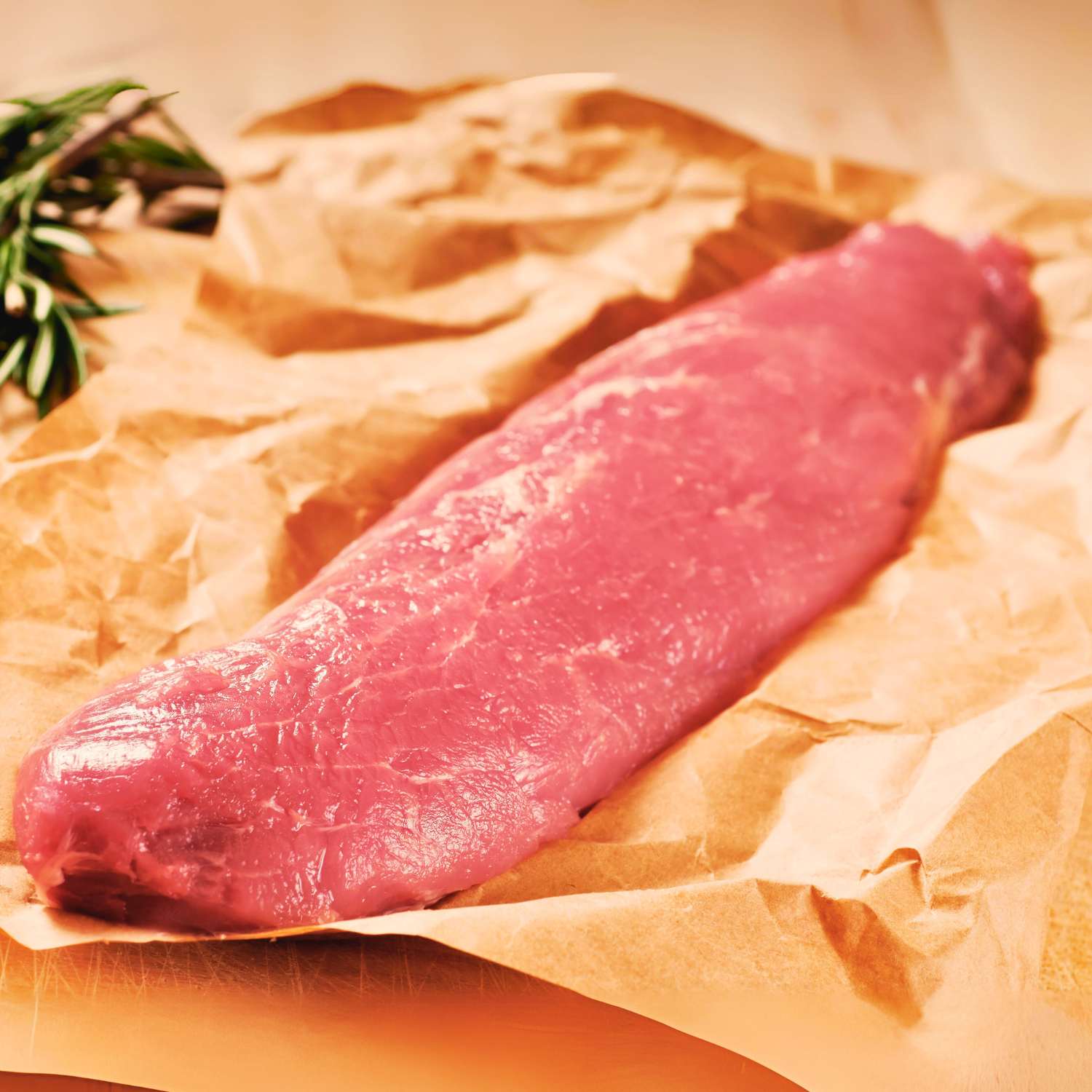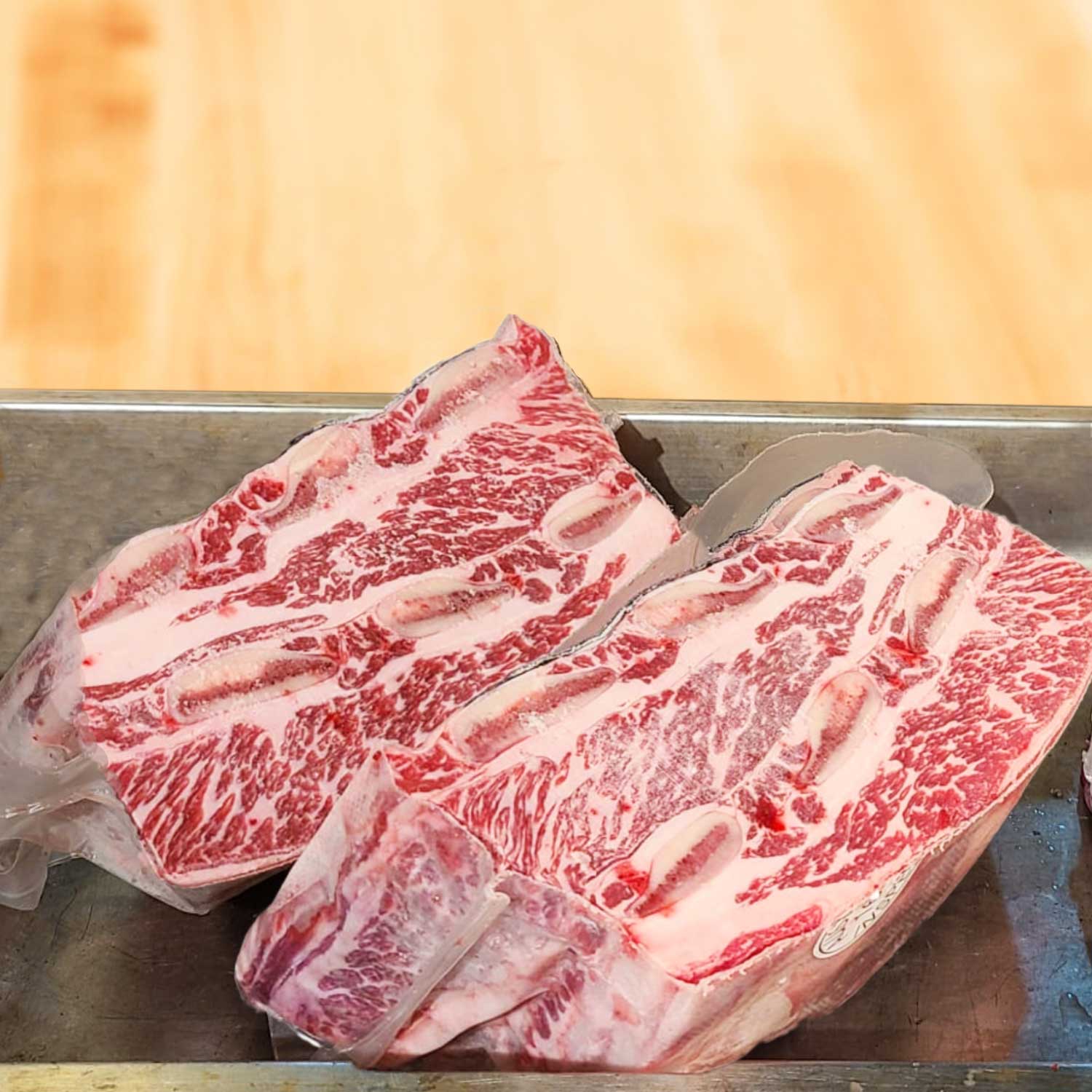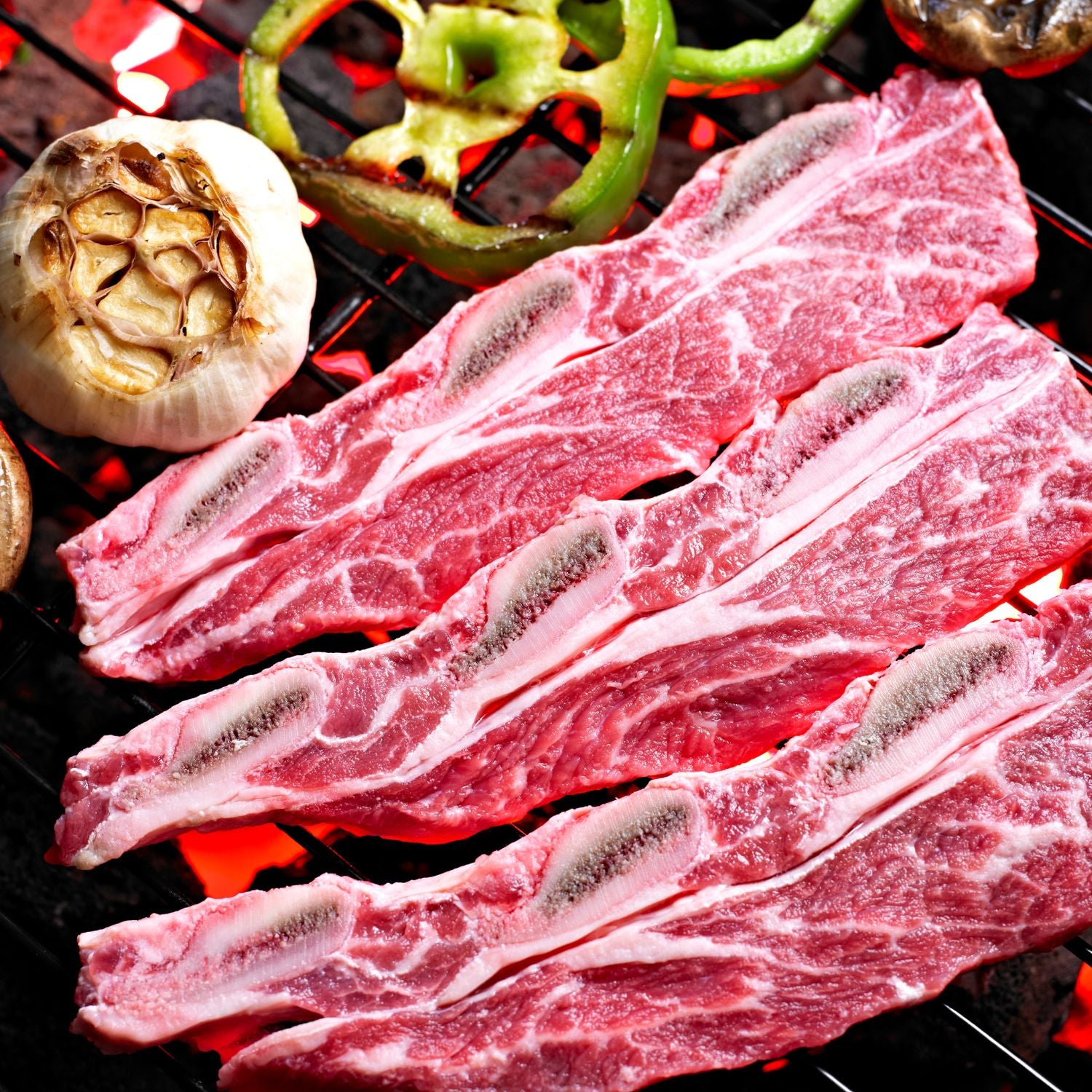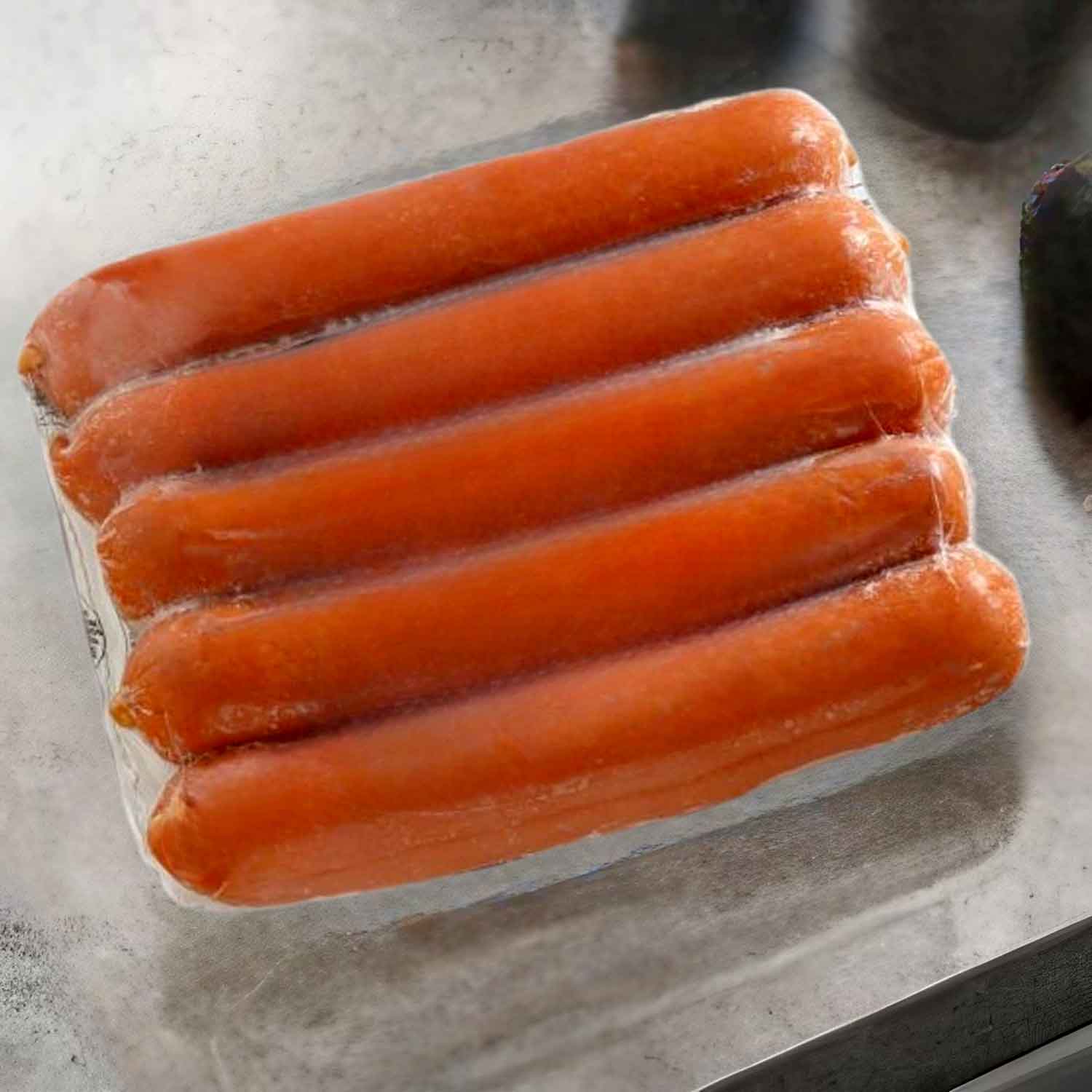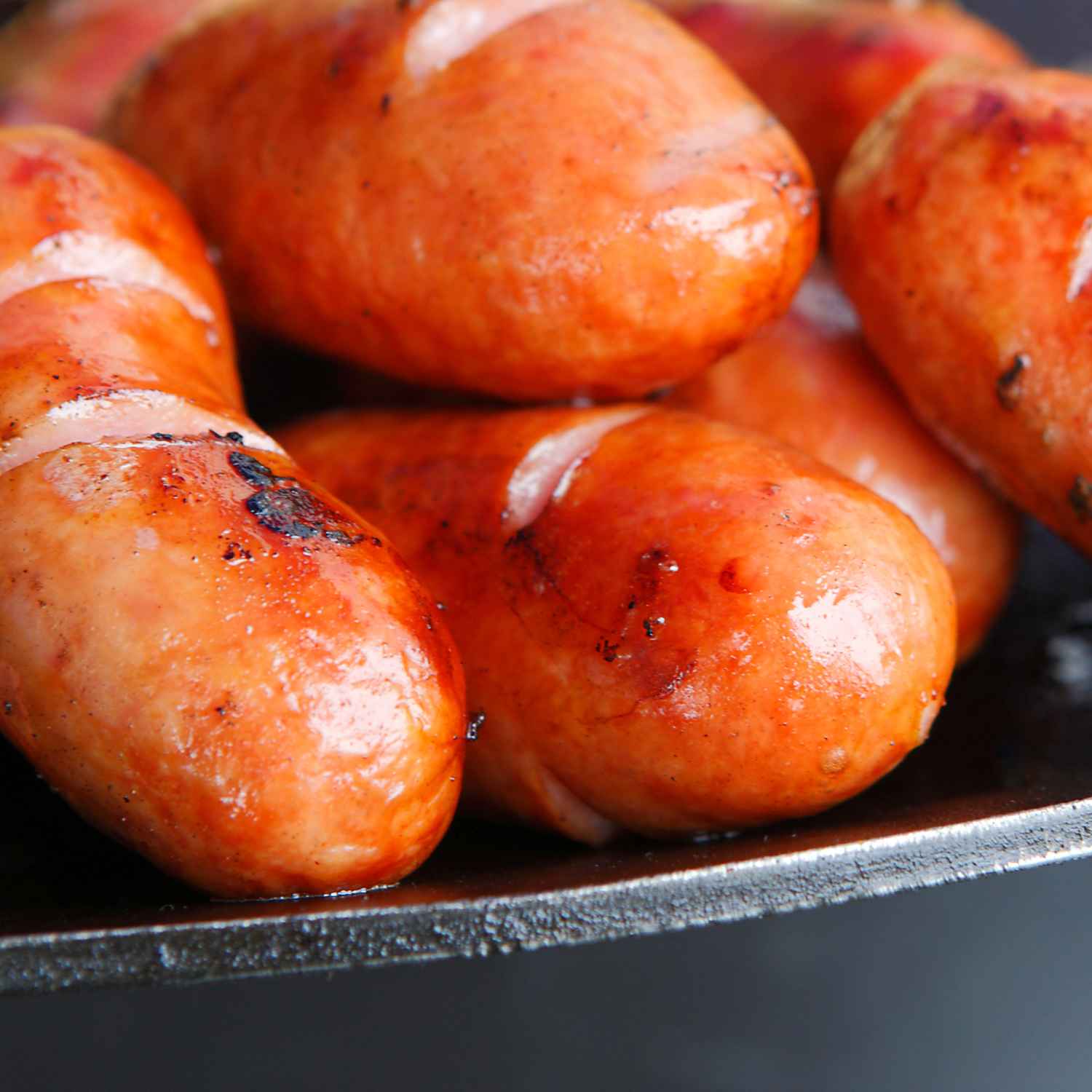Understanding the Wagyu Phenomenon: Origin and Appeal
The Origins of Wagyu: A Brief History
The story of Wagyu beef begins centuries ago in Japan. It was raised for labor, not for meat. Over time, farmers noted its distinct marbling. This marbling gives its tender, flavorful quality. Wagyu literally means 'Japanese cow'. But it's not just any cow. Four main breeds in Japan are called Wagyu. Today's Wagyu is a result of careful breeding methods. These create the prime beef we relish. Hong Kong's market has embraced these succulent cuts. They are a sign of luxury dining. In recent years, demand for Wagyu has soared. The love for its rich taste and buttery texture is clear. As a result, it's reshaping Hong Kong's culinary scene.

What Makes Wagyu Beef a Culinary Sensation?
Wagyu beef stands out for its impressive marbling. Its fat melts at a lower temperature. This gives wagyu a buttery texture that's highly desired. Wagyu's taste is rich and has a depth that other beef can't match. The beef's popularity comes from its unique eating experience. Chefs value wagyu for its versatility in dishes. Whether seared as steak or minced for burgers, it shines. In Hong Kong, wagyu is seen as a symbol of luxury dining.
The Science Behind Wagyu's Unique Texture and Flavor
Wagyu's outstanding texture and flavor come from its fat marbling. This marbling is due to a unique genetic trait. It allows for fat to be finely interspersed within the muscle. This results in a very tender and rich taste. When cooked, the fat melts at a lower temperature. This creates a succulent and flavorful experience. Additionally, Wagyu cattle are often fed a special diet. The diet enhances their muscle composition. This contributes to the beef's superior quality. Wagyu farming also follows strict standards. These standards ensure consistency in the beef's quality. For the finest dining in Hong Kong, Wagyu is the beef of choice. It offers a lavish texture and distinct taste. Chefs and food lovers prize it for these qualities. Understanding the science helps appreciate the dining experience.
The Impact of Wagyu Beef on Hong Kong's Dining Culture
How Wagyu is Reshaping Hong Kong's Steak Market
Wagyu beef has taken Hong Kong by storm, elevating the steak market to new heights. Known for its marbled appearance, wagyu is transforming how steak is enjoyed. High-end restaurants and steak shops are now offering a range of wagyu cuts. This shift has seen an increase in demand for premium beef. Diners in Hong Kong seek out wagyu for its rich flavor and tender texture. Steak lovers are willing to pay top dollar for wagyu's exceptional quality. Wagyu offerings are diversifying, with grass-fed options gaining popularity. Such trends signal a refined palate among Hong Kong consumers. The wagyu wave is not just a fad; it's a lasting change in the city's culinary landscape.
The Role of Wagyu in Fostering Gastronomic Diversity
Wagyu beef has changed the food scene in Hong Kong. Restaurants now offer a wider range of flavors. Chefs are mixing traditional dishes with Wagyu's unique taste. This has led to new and exciting menus across the city. Diners can enjoy Wagyu in various cuisines, from local to international. It's not just for steak lovers anymore. Wagyu is now in burgers, tacos, and even dim sum. This diversity shows how Wagyu has become a key ingredient in Hong Kong's kitchens.
Wagyu and the Art of Pairing: A New Era for Hong Kong Dining
Wagyu beef has revolutionized Hong Kong's dining experience. Chefs love its rich flavors. This beef pairs well with bold red wines. Fine dining menus now often feature Wagyu dishes. Food lovers seek it out for special dinners. The pairing of Wagyu with wine or sides complements its unique taste. Wagyu has set new standards for a luxury meal. Diners enjoy exploring different Wagyu cuts and pairings. This beef has brought new creativity to Hong Kong's cuisine. Chefs delight in crafting Wagyu-based culinary masterpieces.
Navigating the Wagyu Market in Hong Kong: A Guide for Consumers and Chefs
How Consumers Can Identify Authentic Wagyu Beef
When buying Wagyu, look for a certification label. It ensures the beef is genuine.
Check the marbling score. The more marbling, the better the Wagyu quality.
Know the grades. Japanese Wagyu is graded A1 to A5, with A5 being the highest.
Ask for the origin. Authentic Wagyu comes from Japan, but there's great Australian Wagyu too.
Seek expert advice. Butchers can help you choose the best cuts for your needs.
Use registered retailers. They sell real Wagyu and offer customer guarantees.
By following these tips, you can enjoy real Wagyu beef in Hong Kong.
Tips for Hong Kong Chefs on Sourcing and Preparing Wagyu
Hong Kong chefs seeking the finest Wagyu have considerations to weigh. It's crucial to vet suppliers thoroughly. Look for provenance and certification to ensure authenticity. When preparing Wagyu, less is more; avoid overseasoning. High heat can spoil its delicate fats, so aim for medium-rare. Rest the meat after cooking to let flavors settle. Experiment with different cuts for varied textures and tastes. Keep menus fresh by integrating Wagyu into classic and inventive dishes alike.
The Future of Wagyu: Sustainability and Ethical Considerations
The demand for premium meat like Wagyu is surging in Hong Kong. But with its rise comes responsibility. Consumers and chefs must think about sustainability. This means choosing Wagyu from sources that care for the environment. Look for farms that use ethical practices. This includes animal welfare and land use. Chefs can lead by example, showing eco-friendly cooking ways. This could include using all parts of the meat and reducing waste. As customers, we can also play a part. Asking about the origin of Wagyu before buying is a start. By being mindful, we keep the future of Wagyu, and our planet, secure.












